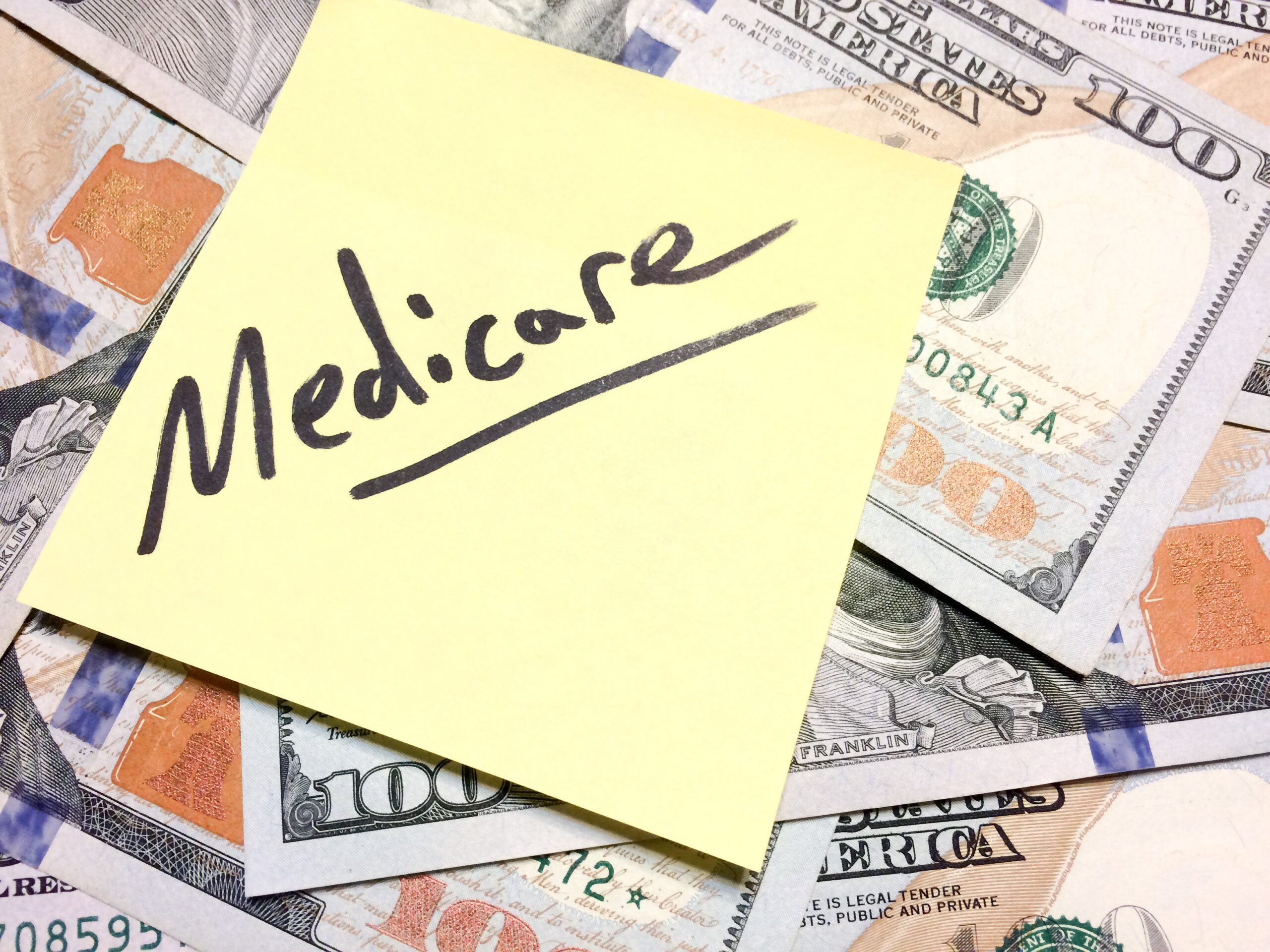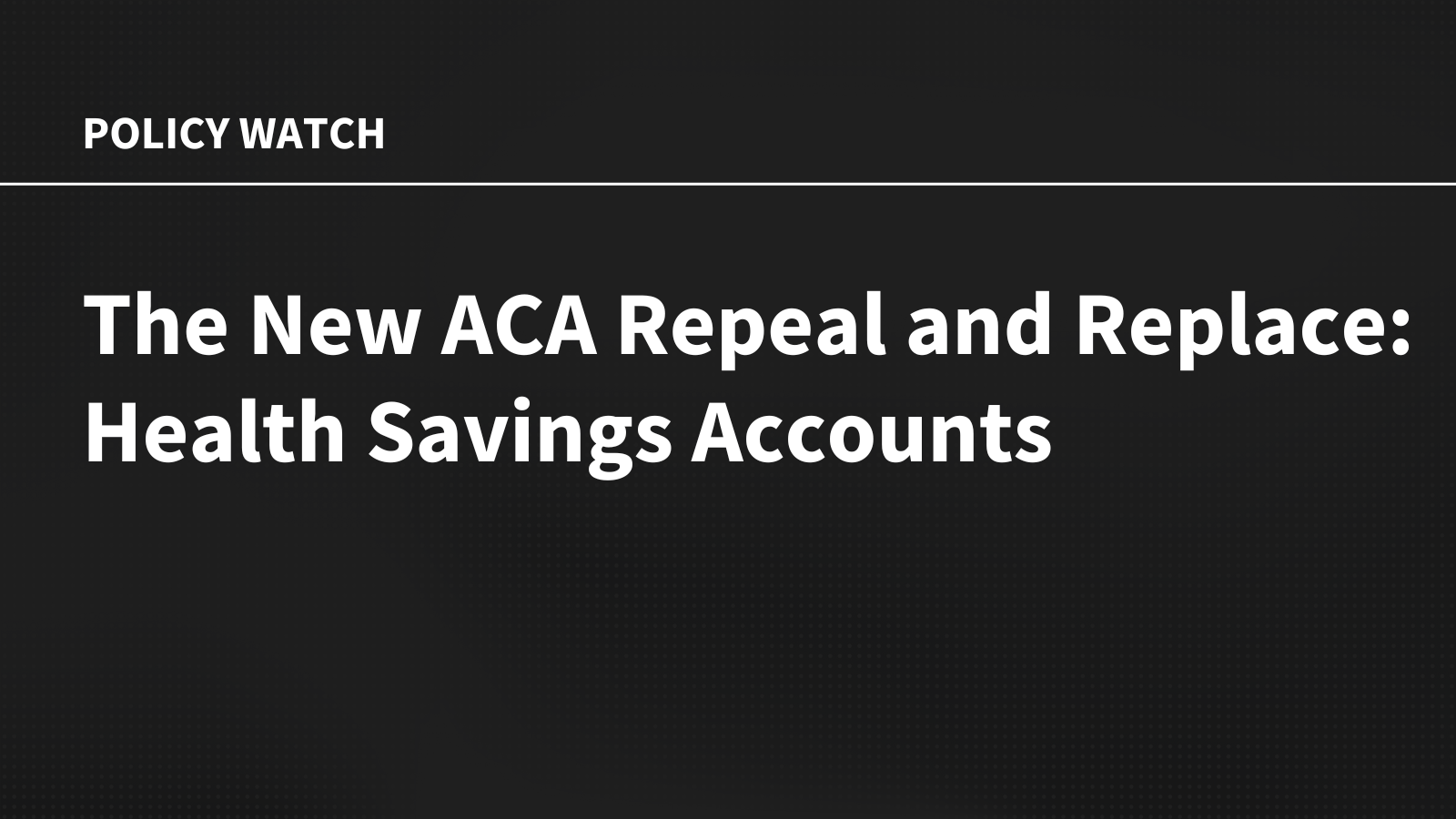The Trump administration has finalized the rule that sets government payments to hospital outpatient facilities and ambulatory surgical centers, including a 2.6% rate bump for each.
That is an increase from the proposed Outpatient Prospective Payment System rule, which pitched a 2.4% increase in the payment rate for outpatient services and ASCs.
The rule also finalizes proposals that are a step toward site-neutral payments, a policy decried by the hospital industry. Under the rule, the Centers for Medicare & Medicaid Services finalized a plan to apply the Physician Fee Schedule rates to any codes assigned to the drug administration ambulatory payment classification when the services are provided at an off-campus facility.
CMS estimates that these changes will reduce spending under OPPS by $290 million in 2026, including $220 million in savings for Medicare and $70 million felt by beneficiaries through reduced coinsurance, according to a fact sheet on the final rule.
CMS also finalized a plan to phase out the inpatient-only list over the next three years, starting with the elimination of 285 codes for 2026, largely musculoskeletal procedures, per the fact sheet.
“We are strengthening Medicare’s foundation by protecting beneficiaries, eliminating fraud, and advancing medical innovation —all while maintaining strict provider accountability and responsible use of taxpayer funds,” said CMS Administrator Mehmet Oz, M.D., in a press release. “These comprehensive reforms expand patient choice and establish the price transparency Americans need for confident healthcare decisions.”
CMS said in the announcement that moving toward site-neutrality helps to ensure that patients are given the appropriate care and do not face additional copayments depending on where they receive services.
The 2.6% increase for hospital outpatient facilities represents a market basket percentage increase of 3.3%, which is decreased by a 0.7 percentage point productivity adjustment. This also applies to the ASC payment calculation, CMS said, and is based on the final Inpatient Prospective Payment System regulation.
Alongside the site neutrality changes, CMS finalized several hospital price transparency elements that build on an executive order released earlier this year. Beginning on Jan. 1, hospitals must calculate the median, 10th and 90th percentile allowed amounts as well as the count of allowed amounts made publicly available when payer-negotiated charges are based on percentages or algorithms.
It also finalized a plan to accelerate the resolution of hospital penalties when they violate price transparency requirements by agreeing to decrease the fee by 35% if a hospital waives its right to an administrative law judge hearing under certain circumstances.
CMS said that while the effective date for these policies is Jan. 1, it will delay enforcement to April 1 to allow hospitals more time to adjust.
“We continue to advance Medicare payment reform by advancing policies that help prevent services from unnecessarily being performed in hospitals when they can be safely provided in less intensive settings, streamlining hospital billing systems, and ensuring patients receive transparent, accurate pricing information,” said Chris Klomp, CMS Deputy Administrator and Director of the Center for Medicare, in the press release. “These comprehensive changes deliver greater predictability, accountability, and affordability in hospital care.”
The release of the rule was later than expected, according to a statement from Premier, Inc., which likely means providers must scramble to adapt to the changes.
“Premier is deeply disappointed by the final payment rates in the Outpatient Prospective Payment System rule, which fail to keep pace with rising costs and the ongoing financial pressures facing providers,” the group said in the statement. “At a time when hospitals are grappling with inflation, workforce shortages, and unprecedented demand for care, these inadequate updates further squeeze already strained budgets threatening access and sustainability.”
“Compounding these challenges is the significant delay in releasing the OPPS final rule,” Premier continued. “With implementation timelines now severely compressed, hospitals have little time to understand finalized changes, adjust systems, update billing processes, revise budgets and train staff. This last-minute scramble creates operational chaos and increases administrative burden, making it harder for hospitals to focus on what matters most: delivering high-quality care for patients.”
The American Hospital Association said in a statement that it is “disappointed” by the “inadequate” payment updates and CMS’ decision to finalize the site-neutral payment regulations.
“We oppose expanding “site-neutral” cuts and eliminating the inpatient-only list,” said Ashley Thompson, senior vice president for public policy analysis and development, in the statement. “Both policies ignore the important differences between hospital outpatient departments and other sites of care.”
“The reality is that hospital outpatient departments serve Medicare patients who are sicker, more clinically complex, and more often disabled or residing in rural or low-income areas than the patients seen in independent physician offices,” Thompson said.
Publisher: Source link









